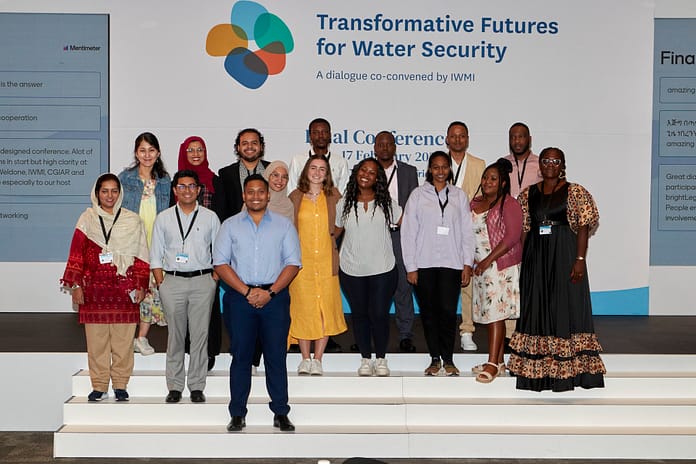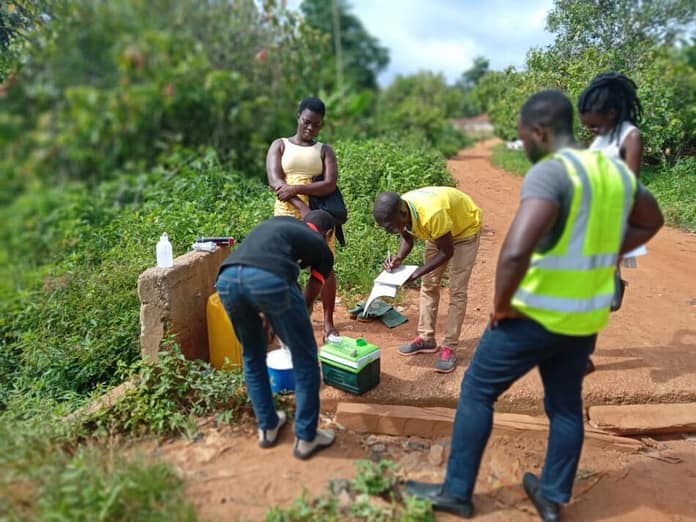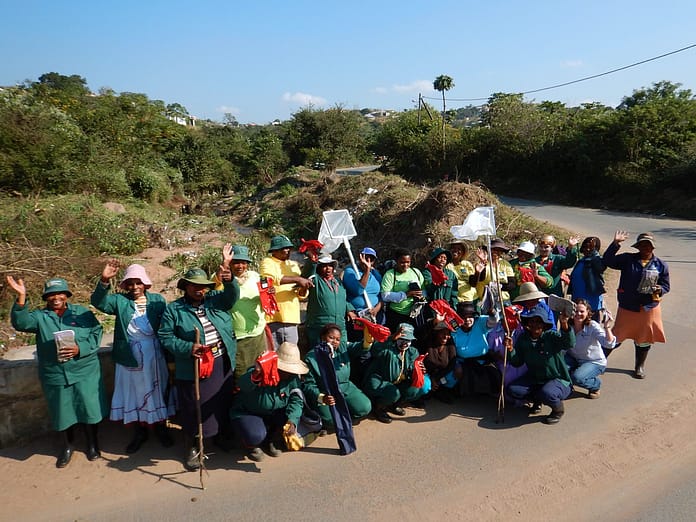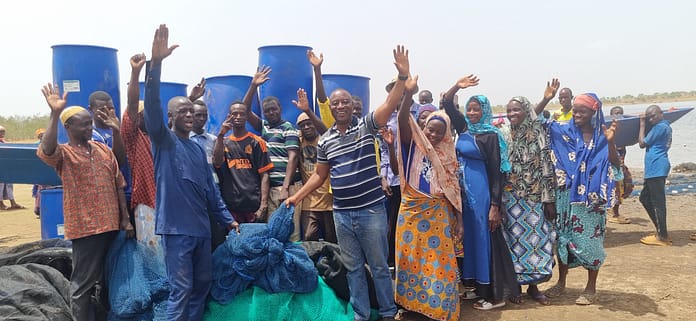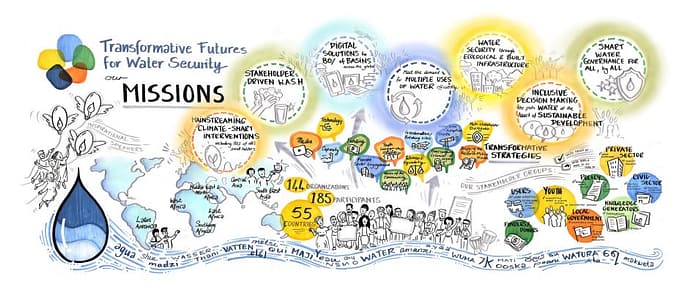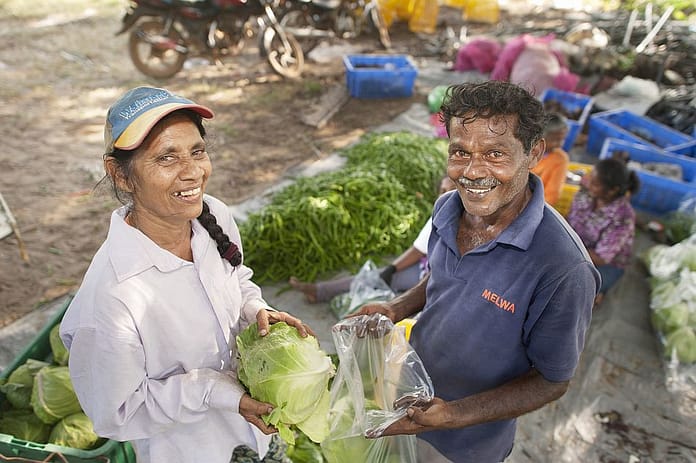By Maimouna Tall, Sarah Appiah, Marie-Charlotte Buisson & Giulia Zane

Before the aquaculture project, life in Nansoni was dominated by seasonal farming and migration. “We were mostly engaged in farming, cultivating maize, soybeans, and sesame. When there was no work on the farms, many of us had to head to the city to take up tough jobs like being head porters, pushing carts or serving in restaurants,” recalls Mumin, a young resident, reflecting on the difficult life before the project.
IWMI is converting dams, previously only used for basic water needs such as cooking, washing and drinking water for livestock, into aquaculture farms. The pilot project consists of four community dams: Langbinsi, Nalerigu, Nansoni, and Tombu. The work is being carried out through the CGIAR Initiative on Aquatic Foods in partnership with the Fisheries Commission of Ghana and the CSIR Water Research Institute.
In each community, youth-based groups were formed in close consultation with traditional authorities and underwent extensive training in aquaculture production. To address the high initial investment requirements, these groups were provided with comprehensive support including two cages each, stocked with 8,000 tilapia fingerlings, and approximately 150 bags of fish feed per group, ensuring they had all the necessary resources for the first cycle of fish production. “It has improved life for both youth and the community. We are now seeing aquaculture in the dams as a means of livelihood to gain some income. The project has given us experience on how to cultivate fish and it has reduced migration, particularly those of us in the Aquaculture group,” says Mumin.
After the first cycle, Mumin and his fellow entrepreneurs have begun to see tangible financial benefits from selling the harvested fish despite early challenges like fish mortalities and team disagreements. They plan to reinvest their profits in subsequent cycles. The young entrepreneurs also receive support to form cooperatives and be trained in group dynamics and business development, a crucial step towards expanding their businesses and integrating into larger markets. “The project has brought more togetherness and collaboration among us youth in the community.” says Mumin.
Improving youth opportunities across West and Central Africa
Beyond the Aquaculture pilot in the North-East region, IWMI’s work as part the CGIAR Initiative on West and Central African Food Systems Transformation and the Resilience Against Climate Change – Social Transformation Research and Policy Advocacy project actively involves young people in environmental management and entrepreneurial leadership across Ghana and West and Central Africa. These programs not only develop the professional skills of young individuals but also equip them with the leadership capabilities necessary for driving socio-economic change.
In Nigeria, the CGIAR Initiative on Fragility, Conflict, and Migration collaborates with enterprises like Koolboks to reshape business models, enhancing economic opportunities for women and youth in challenging regions such as Adamawa State. This approach demonstrates IWMI’s comprehensive strategy to integrate young people into wider economic and social development frameworks.
What’s next for Aquaculture in Ghana?
IWMI is supporting the Ministry of Fisheries and Aquaculture Development to potentially refine and expand aquaculture programs in northern Ghana. This includes incorporating lessons from current pilots into the Aquaculture for Food and Jobs program to enhance sustainability.
Efforts to provide essential training to communities like Nansoni are ongoing, alongside the development of a decision support tool to optimize site selection for future aquaculture projects. IWMI is also conducting studies to assess the impact of these initiatives and support the integration of these findings into national aquaculture policies. Discussing the future, Mumin is optimistic: “We hope to give life to this project by continuing investment. We hope to gain enough money to invest in the project and have our personal aquaculture businesses.”
The progress seen in young entrepreneurs like Mumin and his team highlights the strategic and impactful nature of investing in youth for development. By equipping the next generation with the necessary tools and knowledge to innovate and lead, we are fostering a sustainable and resilient future.


